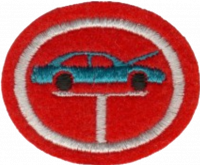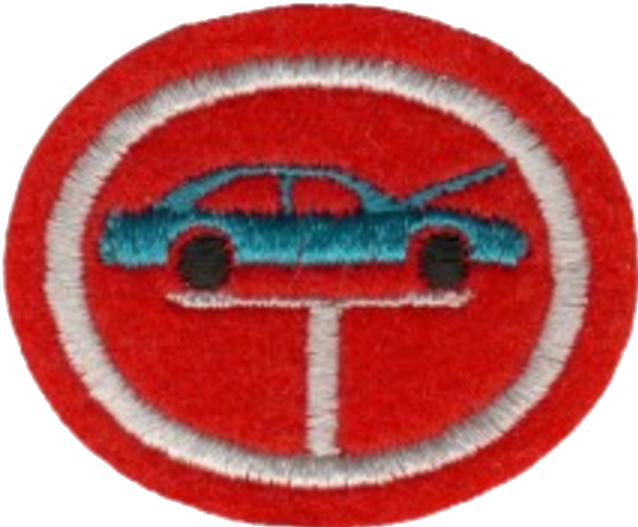Especialidades JA/Mecánica de automóviles/Requisitos
Nivel de destreza
2
Año
1928
Version
03.12.2025
Autoridad de aprobación
División Norteamericana
1. Debidamente encender un automóvil o camioneta con un motor de transmisión automática y uno con una transmisión manual/estándar. Explicar por qué es necesario para el motor tener el aceite indicado, agua, combustible, las presiones de batería y los niveles adecuados para el funcionamiento correcto del motor.
2. Describir brevemente cómo funciona un sistema de encendido sin llave. Arrancar correctamente un automóvil o una camioneta con un montaje de botón de arranque.
3. Explicar brevemente los siguientes conceptos:
- a.
The principles of four-cycle engine vs. a two-cycle engine.
- b.
The difference between a gasoline and a diesel engine.
- c.
The major differences between carburetor fuel systems and fuel-injection systems.
- d.
The principles of an electric vehicle.
4.
What is an ECU? Give three practical examples of its use.
5.
Briefly explain the function of the following:
- a.
Engine: crankshaft, connecting rods, pistons, camshaft, valves, oil pump, carburetor, fuel injectors, ignition distributor, fuel distributor, electrical system including alternator, battery, and regulator
- b.
Transmission: The difference between standard transmission and automatic transmission, and how the engine torque is transmitted to both kinds of transmissions; the purpose of overdrive
- c.
Drivetrain: The difference between rear wheel drive, front wheel drive, and all-wheel drive
- d.
Brakes: The difference between drum brakes and disk brakes, standard brakes and power brakes, and the parking brake
6.
Describe two techniques used to measure the tread depth of a tire.
7.
What is a tire pressure gauge? Briefly describe:
- a.
where to check for the recommended tire pressure
- b.
the process of adjusting the tire pressure as necessary
- c.
what takes place when the tire pressure is low
8.
How often should the engine oil, transmission oil, and cooling fluid be changed?
9.
Give some pointers on proper care of the vehicle and its finish, both interior and exterior.
10.
Be able to describe and locate each of the following items, if equipped.
- a.
Fuel Pump
- b.
Gaskets
- c.
Muffler
- d.
Spark Plugs
- e.
Timing Belt
- f.
Water Pump
- g.
Radiator
- h.
Catalytic Converter
- i.
Paddle Shifters
- j.
Single/Dual Exhaust
- k.
Cruise Control
- l.
Suspension (Shocks & Struts)
- m.
Brake Assist
- n.
Air Bags
- o.
Keyless Entry
- p.
Fuse Box
- q.
Master Cylinder
11.
Perform typical automotive maintenance as listed below:
- a.
Check engine and transmission oil levels.
- b.
Check water/antifreeze level. Change and flush the cooling system.
- c.
Change engine oil and filter.
- d.
Change a tire, following proper safety procedure.
- e.
Lubricate the chassis according to the vehicle service manual.
- f.
Check windshield wipers and replace if necessary.
- g.
Check windshield wiper fluid reservoir and adjust fluid levels as necessary.
- h.
Check power steering fluid levels.
- i.
Check front, rear, and turning signal lights.
- j.
Check air filter and replace if necessary.
- k.
Check cabin filter and replace if necessary.


